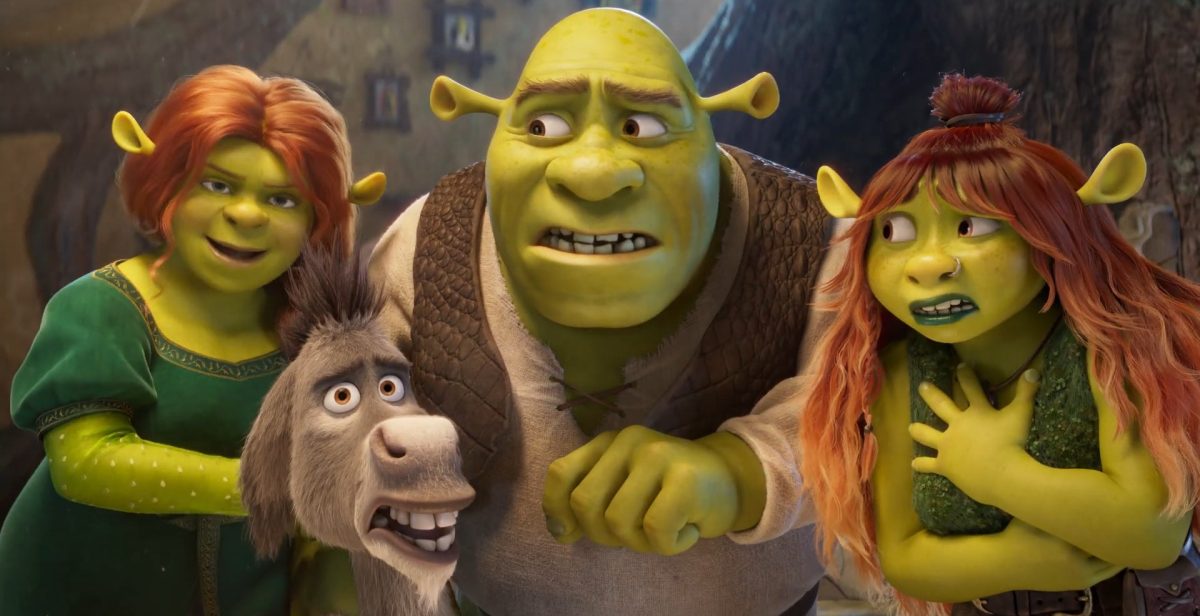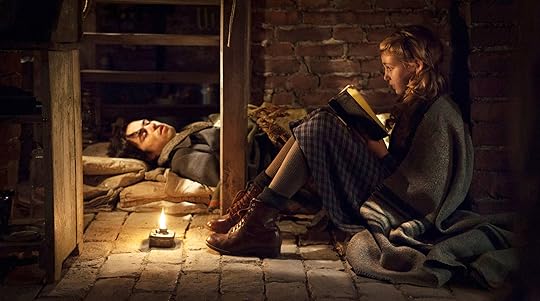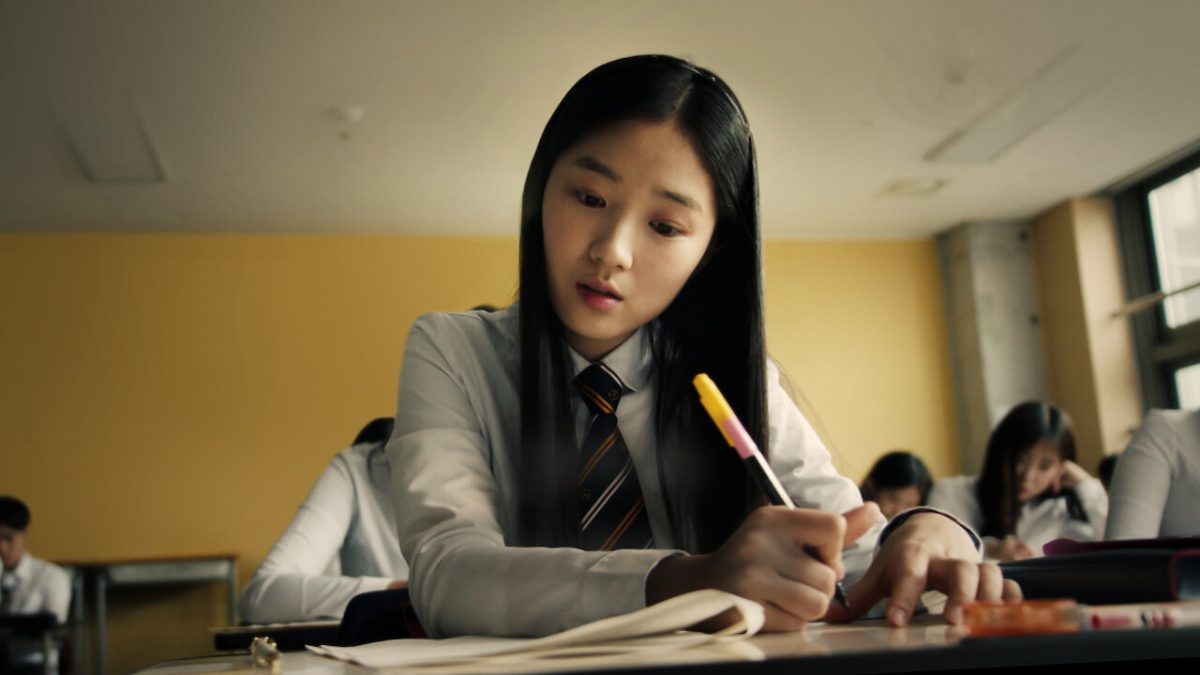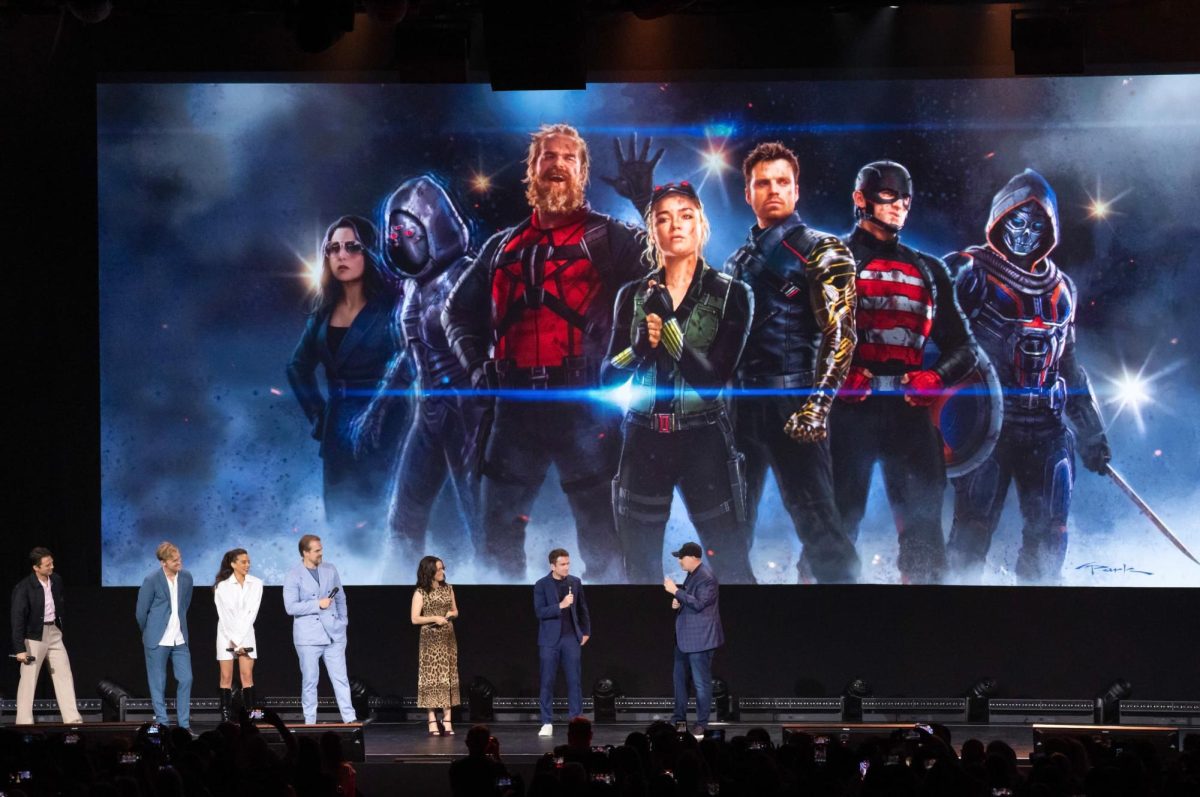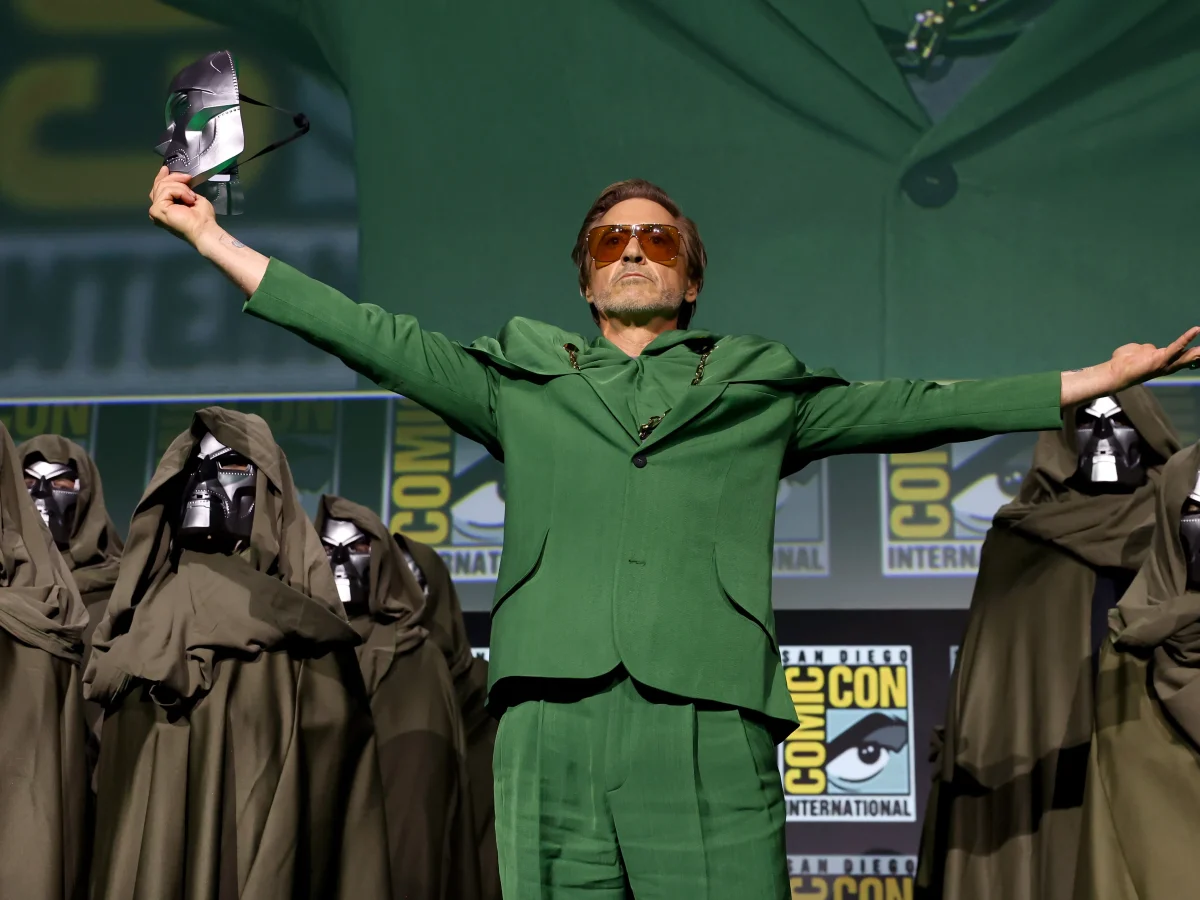Tim Burton’s career is marked by his distinct visual style, a gothic aesthetic that incorporates its way through his animated and live-action films alike. Burton’s aesthetic is instantly recognizable, whether you are watching the stop-motion animation of The Nightmare Before Christmas or the live-action gothic grandeur of Edward Scissorhands.
Burton’s aesthetic roots can be traced back to his early work as an animator at Disney. Though he worked on mainstream projects like The Fox and the Hound (1981), his artistic sensibilities did not fit Disney’s traditional style. Burton’s short film Vincent (1982), produced during his time at Disney, showcased his gothic aesthetic more. “I couldn’t even fake the Disney [art] style,” shares Burton in his book, Burton on Burton.
However, it wasn’t until The Nightmare Before Christmas (1993) that Burton’s gothic animation style was fully realized. While directed by Henry Selick, the film is widely considered Burton’s vision. The architecture of Halloween Town, the skeletal design of Jack Skellington, and the haunting yet playful score by Danny Elfman all solidify Burton’s dark aesthetic. The Nightmare Before Christmas resonated with both children and adults for its dark visuals and the emotional depth of its characters.
After The Nightmare Before Christmas, Burton jumped into live-action films with Beetlejuice (1988). The film tells the story of a recently deceased couple who try to scare away the new family living in their house with the help of the ghost, Beetlejuice. The exaggerated designs and quirky characters of Beetlejuice set the stage for what would become Burton’s style in live-action. However, Edward Scissorhands (1990) is where Burton truly hit his stride. Burton contrasts Edward’s dark and gothic appearance with the cheerful, pastel colors of the neighborhood, transforming the feeling of being ostracized into visual form.
Burton’s talent continued to shine through in his adaptations of the Batman franchise. With Batman (1989) and Batman Returns (1992), he created a Gotham City that feels straight out of a nightmare, complete with dark alleyways and creepy architecture. The characters, like the Penguin and Catwoman, fit perfectly into Burton’s world, as he emphasizes unique, often misunderstood characters.
After several successful live-action films, Burton returned to animation with Corpse Bride (2005). This stop-motion film tells the story of a shy groom who accidentally marries a corpse. The spooky visuals and hauntingly beautiful music make it another classic in Burton’s filmography.
His 2012 film, Frankenweenie, was a personal project that marked a return to his roots in animation. Based on a short film he made as a kid, Frankenweenie follows a boy who brings his beloved dog back to life. As Burton insisted, the film is shot in black-and-white.
In recent years, Burton has continued to blend animation with live-action in movies like Alice in Wonderland (2010) and Dumbo (2019). Alice in Wonderland transforms a familiar tale into something darker and more surreal, filled with colorful characters like the Mad Hatter and the Red Queen. Dumbo, on the other hand, takes a classic story about an outcast elephant and dives into themes of acceptance and family. In 2022, Tim Burton took on the role of director for the Netflix series Wednesday, which focuses on the iconic character Wednesday Addams from The Addams Family. Burton’s unique visual style is evident in Wednesday.
Tim Burton’s aesthetic has evolved remarkably over the years. Most recently, Burton has brought back the beloved classic Beetlejuice, now called Beetlejuice Beetlejuice, which premiered on September 6, 2024. Make sure to watch it in theaters!



